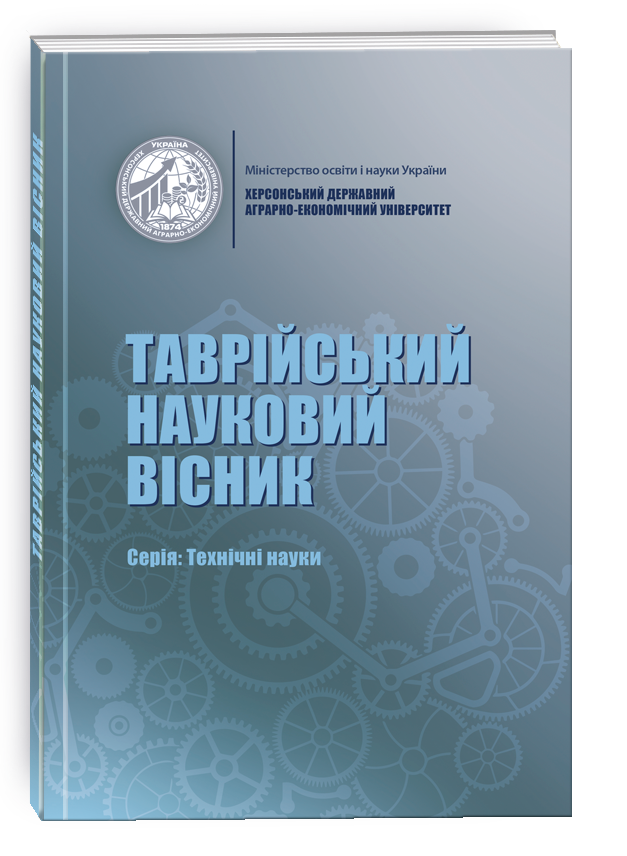SOURCES OF АLUMINIUM COMPOUNDS IN DRINKING WATER
DOI:
https://doi.org/10.32782/tnv-tech.2024.1.18Keywords:
food, Aluminium, drinking water, MPC – maximum permissible concentration, water supply systemsAbstract
Сontrol of Aluminium in drinking water is important to ensure the safety and health of consumers, as high concentrations of this element can be harmful to human health. Aluminium in drinking water can come from a variety of sources, including soil and water as a result of the natural dissolution of minerals containing Aluminium, such as bauxite, hydroxides or silicates. Another way it can enter drinking water is through anthropogenic sources. Aluminium can enter water through industrial processes and pollution. For example, discharges from aluminium smelters, the use of aluminium salts in water treatment or as coagulants in water purification, and waste from the production of aluminium containers. Aluminium can also enter drinking water through materials used in water supply systems. For example, aluminium pipes or filters that contain aluminium alloy components. Other sources may include contaminated water sources as a result of waste from landfills, agrochemicals, industrial discharges, etc. The subject of our study is to determine the aluminium content of water used for drinking and cooking in the region under investigation. The main focus is to study the causes of Aluminium contamination of individual water samples, as well as the impact of this contamination on the operation of pumping and heating devices and the health of residents. The study also examines the technical condition of heating elements and the possibility of their impact on water quality. According to the results of the study of Aluminium content in water used by household consumers, high levels of this element were found in some water samples, which exceeded the permissible limits according to the current standards. High levels of Aluminium can cause inefficient operation of pumping and heating devices, corrosion of heating system components, and affect human health through the accumulation of toxic substances in the body. Thus, the problem of high Aluminium content in water from gas boilers and pumps is becoming urgent and needs to be addressed immediately. It is necessary to establish the causes of water pollution, identify the sources of pollution and develop measures to improve water quality and efficient operation of devices to ensure the safety, comfort and health of the population.
References
Андрусишина І. М. Алюміній у питній воді і здоров’я людини. Київ, 2018. 38 с.
Левітін Є.Я. Бризицька А.М., Клюєв Р.Г. Загальна та неорганічна хімія. Вінниця: Нова книга, 2003. 468 с.
Руденко С. С. Алюміній в природних біотопах: біохімічна адаптація тварин: Монографія. Чернівці : Рута, 2001. 300 с.
Saiyed SM. Yokel R.A. Aluminium content of some foods and food products in the USA, with aluminium food additives. Food Addit Contam, 2005. Vol. 22(3). P. 234–244.
Turhan S. Aluminium contents in baked meats wrapped in aluminium foil. Meat Science, 2006. Vol. 74(4). P. 644–647.
Шерстюк В.П. Дегтярьов Л.С., Сарапулова О.О. Взаємодія цукристих речовин з поверхнею пакувальної алюмінієвої фольги. Упаковка, 2011. № 1. С. 50–54.
Кузьмінов Б.П., Зазуляк Т.С., де Агіар Даніель А.М., Харчук Р.В. Алюміній, як контамінант харчових продуктів. Єдине здоров’я та проблеми харчування України, 2013. №1(38). С. 65–68.
Набиванець Б.Й., Осадчий В.І., Осадча Н.М., Набиванець Ю.Б. Аналітична хімія поверхневих вод. К.: Наукова думка, 2007. С. 456.
Жежеря В.А., Линник П.М. Вміст та форми знаходження алюмінію у воді річок басейну Прип’яті. Наукові праці Українського науково-дослідного гідрометеорологічного інституту: Зб. наук. пр. 2010. Вип. 259. С. 171–187.
Вода питна. Гігієнічні вимоги до якості води централізованого господарсько-питного водопостачання: СанПін 383 [Електронний ресурс]. – [Чинна від 1996-12-23]. Режим доступу: http://document.ua/voda-pitna.gigienichni-vimogi-dojakosti-vodi-centralizovannor3053.html.
Гігієнічні вимоги до питної води, призначеної для споживання людиною: ДСанПіН 2.2.4-171-10 [Електроннийресурс]. – [Чинна від 2010-05-12]. Режим доступу: zakon.rada.gov.ua/go/z0452-10.
ДСТУ 7525:2014 Вода питна. Вимоги та методи контролювання якості / Наказ Держспоживстандарту України від 23.10.2014 № 1257. URL: https://online.budstandart.com/ua/catalog/doc-page.html?id_doc=61154.







